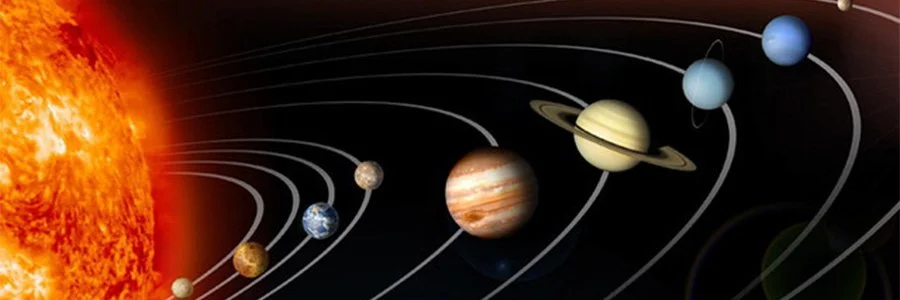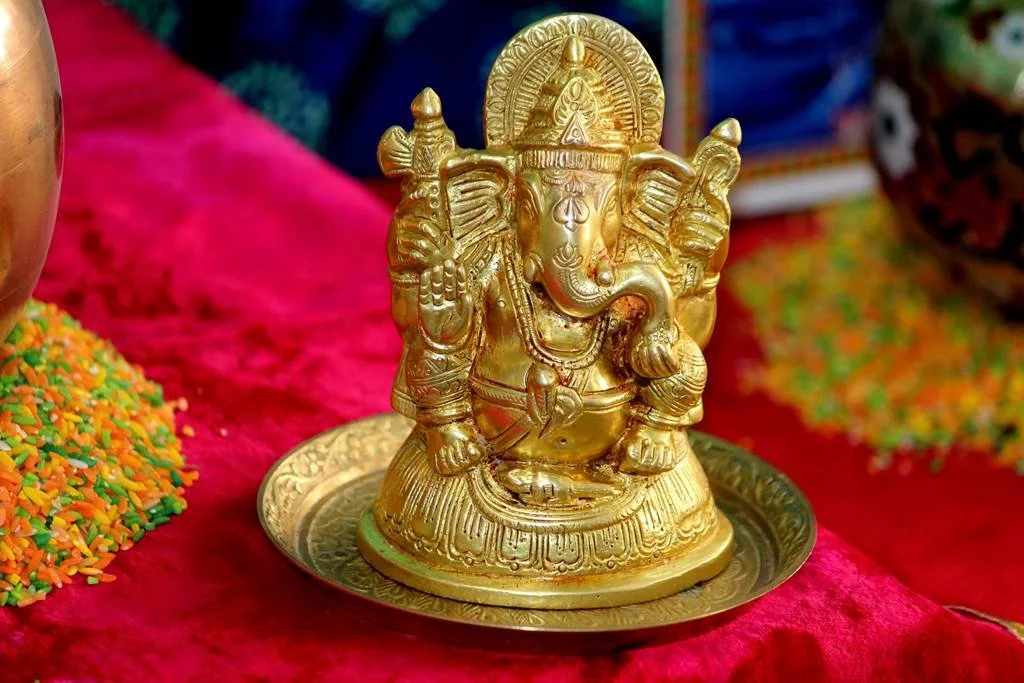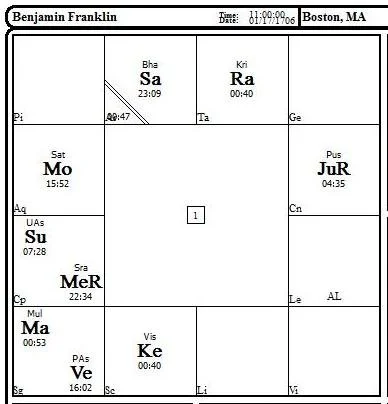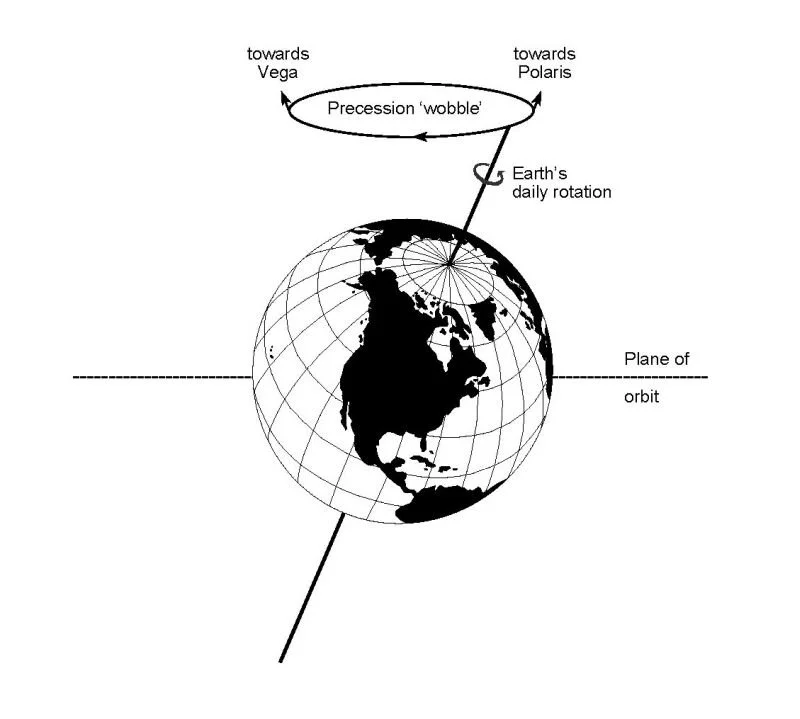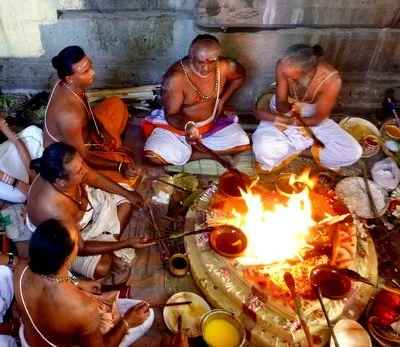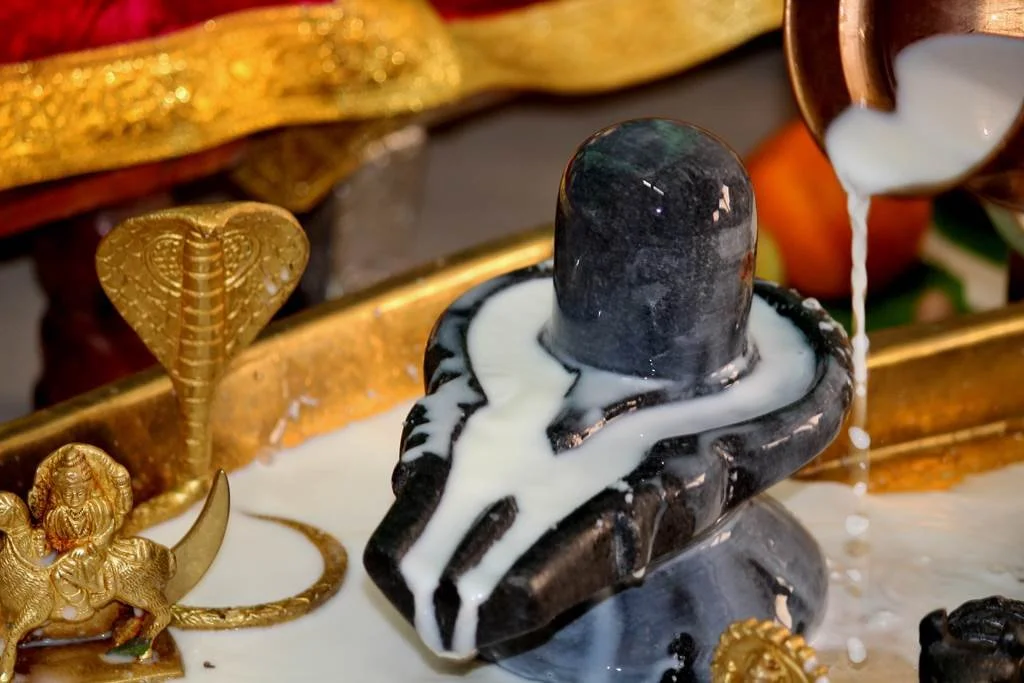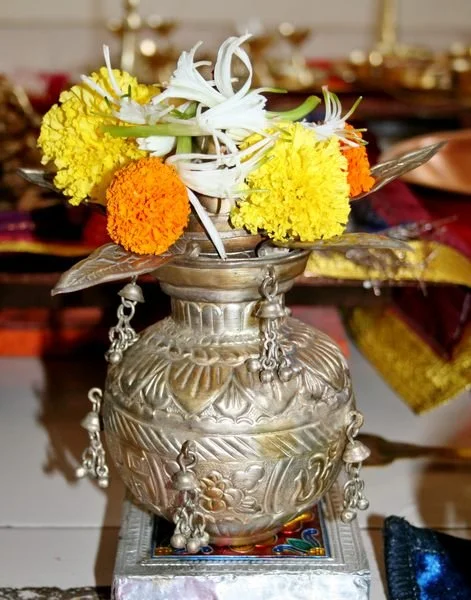Remedial Measures and Yagyas
At its most fundamental, Jyotish, (Vedic Astrology) is based on astronomy. Your birth chart is simply a representation of the position of the planets at the time of your birth. The lagna or ascendent is the constellation that was on the eastern horizon at the moment you entered the world and in jyotish pretty much everything is calculated from there.
When a jyotishi calculates your chart, what they are really doing is making a map of the zodiac and entering in the position of the planets as they were seen at the time and in the location of your birth. By knowing the moment something begins, through jyotish we can know a lot about the entire course of its evolution in the same way that a botanist can determine many of the future characteristics of a plant by examining a seed.
Furthermore, the vedic tradition holds that life is not random; that the journey of life is profound and the experiences we have, even the bad ones, are profoundly meaningful. We enjoy a degree of free will and can act as we see fit within the circumstances that life presents. In vedic terms, these circumstances are called karma and that karma is represented in the birth chart. Jyotish is simply the study of karma.
This does not mean that a jyotishi feels the planets control us or the events in our lives. Rather, the planets act as markers that can be decoded in order to understand the nature and timing of the karmas we are to experience during this lifetime.
The diagram above is the jyotish birth chart of Benjamin Franklin in the format used in the south of India. He was born in Boston on January 17th, 1706 at 11 AM. At that time Aries was on the eastern horizon and that becomes the starting point of this chart, usually referred to as the first house shown above by the diagonal line in the second square from the left in the top row.
The houses (bhava in sanskrit) represent different areas of life, one for each of the twelve signs of the zodiac. Mr. Franklin was born at the time that Aries was on the horizon, so Taurus is his second house representing family, personal resources, and the food one eats. The third house is Scorpio representing goals and aspirations, younger siblings and the fine arts. We can proceed like that through the 12 signs/houses and analyze the meaning of each.
Secondly, Jyotish uses nine planets; the Sun, Moon, Mars, Mercury, Jupiter, Venus, and Saturn, plus two shadow planets (chaya grahas in sanskrit) called Rahu and Ketu. These are calculated points where the Moon transitions to and from the northern hemisphere. There is a wonderful mythological story about these two shadow planets, and they play an important role in Jyotish.
Jyotish differs from western astrology in a two significant ways. First, Jyotish takes into account the fact that the earth wobbles on its axis and over thousands of years the time of the vernal equinox gradually changes as seen in the diagram above.
Consequently, the position of the planets is a little more than 23 degrees from where it would be if the earth didn’t wobble. Western astrology doesn’t account for the wobble, so if you compare your Jyotish chart to your western astrology chart, some planets may be in different signs. This is nothing to be concerned about just as long as you don’t try to mix the systems.
Repetition is Key
Just like the process of getting into good physical shape, the effectiveness of a yagya is based in repetition. If you want to be healthy, you’ll have to exercise more than once. If your goal is to alleviate difficult karmas, then repeated yagyas will help you to grow and progress beyond your previous karma and limited awareness.
This does not mean that you have to spend a lot of money or that manifesting the desired change will have to wait months or years. Rather, it is a process of establishing a spiritual momentum where growth continues at a rapid pace and we enjoy a growing sense of spiritual protection. Yagyas support what we do and where we direct our energies.
While we can never fully eliminate problems from our life experience, through the use of yagyas, we develop a healthy and resilient awareness in which a solution arises spontaneously when faced with a problem.
Simply stated, life becomes easier, smoother, and we find ourselves less likely to be overshadowed and depressed by problems. They are what they are but they have lost their usual impact. We enjoy a developing sense of freedom and satisfaction in all areas of life.
Jyotish and Karma
The Vedic tradition takes for granted that we are evolving through a series of lifetimes as our soul progresses towards its ultimate spiritual perfection. The time we spend on earth is somewhat like attending school. The experiences we have and the obstacles that we overcome are the lessons we need in order to progress.
The Vedic tradition’s theory of karma is very detailed. They divide karma into three major categories; sanchita karma; the sum total of all our karmas. Parabdha karma are those karmas which we have chosen to experience in this lifetime, and Kriyamani karmas are those karmas that we can change through the exercise of our free will.
Alleviating Difficult Karmas
With this in mind, a Jyotish chart is a representation of the parabdha karmas that we are destined to experience in this lifetime. But do not under estimate the power of free will. The vedic perspective holds that for each of us, the chart is a dynamic and fluid thing, easily changed through the choices and decisions we make; our free will. The Vedas also say that we can counterbalance or alleviate upcoming karmas through our personal spiritual practices such as meditation, pujas, or mantra japa.
More powerful are the traditional rituals known as yagyas; large scale complex rituals performed by experts (pundits in sanskrit) who have spent years mastering the effective use of mantras and various rituals from the Vedas. Yagyas have the added benefit of enhancing and empowering the effectiveness of our personal practices.
The Puja.net Program
The remedial measures that we recommend are offered through Puja.net; an organization we founded in 1992. Details on the yagya offerings, ordering process and scheduling are coordinated through that site. (click here)
The Puja.net program began over 30 years ago (1992) and has continued to grow and evolve over the years to include three yagya centers in India (Kanchipuram, Pune, and Varanasi) and access to over 100 highly qualified priests and pundits.
In the Vedic tradition there are two types of rituals; pujas and yagyas. A puja is usually shorter in length and consists of the offering of light, fruit, flowers and coconuts while various mantras are recited. A yagya is more complex, requiring many more ingredients (some require well over 100) and most importantly includes the sacred fire ritual, called a havan or homam with the offering of ghee (clarified butter) and other traditional offerings.
The power of the yagyas comes from the ancient Sanskrit mantras and the performance of the ritual itself. Learning to perform a yagya properly takes around 15 years of training, starting around the age of ten. It is not an insignificant accomplishment to become a Brahmin pundit!
As you review the various Puja.net programs, you will find that they are divided into two major categories: group yagyas and private yagyas. The private yagya offerings are extensive and you can find links to them on the Puja.net site. In most cases a private yagya can be performed as a 1 priest - 3 hour yagya, or a 5 priest - 5 hour yagya.
Your name is read as a part of the extensive sankalpam (statement of purpose) at the beginning of the yagya. Photos are taken throughout the yagya performance and they are forwarded to you a week or so afterwards.
The real innovation of the Puja.net program has been the variety of group yagyas that we offer. Rather than diluting the strength of the yagya, the group consciousness and intention bring added power and focus to the events.
In fact, in addition to solving problems and removing obstacles, the Puja.net program, with its repetition of yagyas over time, becomes a unique form of sadhana, a spiritual practice that empowers and strengthens whatever spiritual program of meditation or mantra japa that you are practicing.

